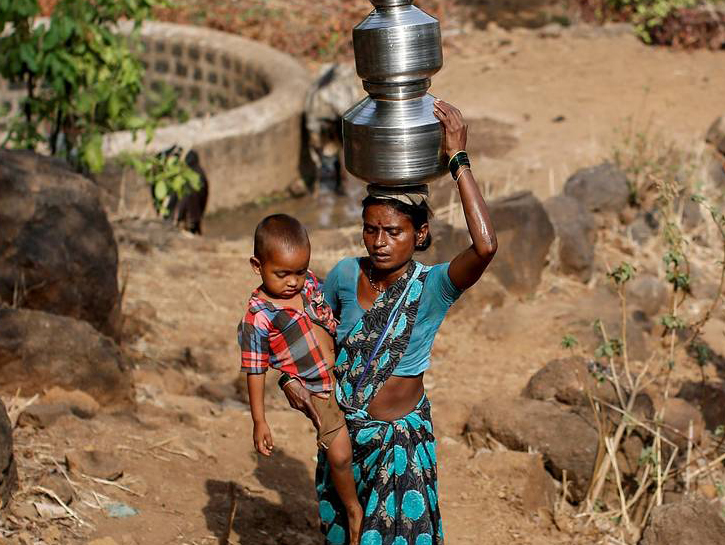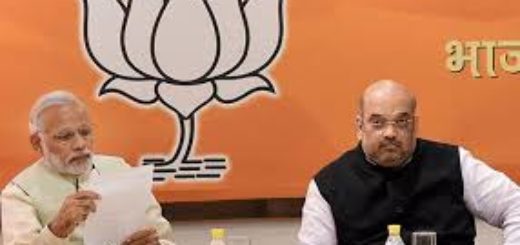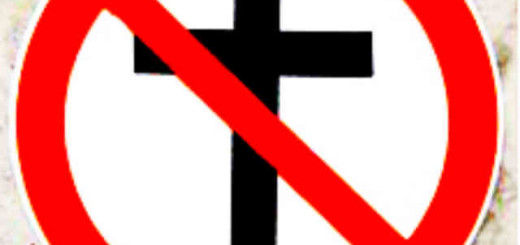A Grim Picture of India: Indian Currents Editorial

The much awaited Socio Economic and Caste Census (SECC) figures are partially out. Though the government is buying time to release the full details, available data gives a disturbing reading. After six decades of independence and 12 five-year plans, as many as 60 per cent of the rural households :: Editorial (Dr Suresh Mathew)
The much awaited Socio Economic and Caste Census (SECC) figures are partially out. Though the government is buying time to release the full details, available data gives a disturbing reading. After six decades of independence and 12 five-year plans, as many as 60 per cent of the rural households remain deprived of several requirements in life. The country is weighed down by landless people to the extent that over half the households falls under this category. In over 51 per cent rural families, people have no regular jobs and they make ends meet as manual or casual labourers. Over three-fourths of rural people do not possess items like two-wheelers and refrigerators. The figures are even more depressing in the case of Scheduled Castes and Scheduled Tribes. Despite provision for reservation in jobs and education, which has been termed affirmative action, only around 4 per cent of SCs/STs are employed in government jobs.
Though the figures for the urban areas are not officially out, reports appearing in media suggest that the situation is equally bad. Almost 35 per cent of the urban people live below poverty line. This is as much as 10 per cent higher than the 2011-12 figure of 26 per cent. Thus both the rural and urban areas present a very grim picture proving wrong the much touted development story under successive governments.
One of the most alarming points drawn from these figures is that while the number of the deprived sections shows no decline, India is becoming home to a rising number of multi-millionaires and billionaires. This demonstrates that the benefits of economic growth do not percolate down to large sections of the population. This also indicates that a major portion of billions spent on poverty-alleviation schemes does not reach the intended beneficiaries. The rising number of scams is a telling example of this lopsided growth.
There is a third aspect of the census – the caste factor — apart from the social and economic implications, which has not been revealed by the government. Though the authorities claim that it takes time to tabulate the data, it is apparent that there is more to this dilly-dallying than meets the eye. At present, the government relies on the good old 1931 census and the 1980 Mandal Commission report which put the OBC population at 54 per cent and the SC/ST population at 30 per cent. The existing policy on reservation in jobs and education goes by these figures. The government now fears that if the latest census puts the number of Backward Classes and SCs/STs at a higher level, the latter will ask for a bigger pie in jobs and admission to educational institutions which can unleash unrest of unimaginable magnitude.
The caste factor has got yet another far-reaching implication. The government and the official machinery are run by a disproportionate number of upper castes whose share in the population is only 12-14 per cent. The SECC figures can overturn this imbalance and the OBCs and Dalits can demand a bigger share in governance. Is the government ready to bite the bullet?
















